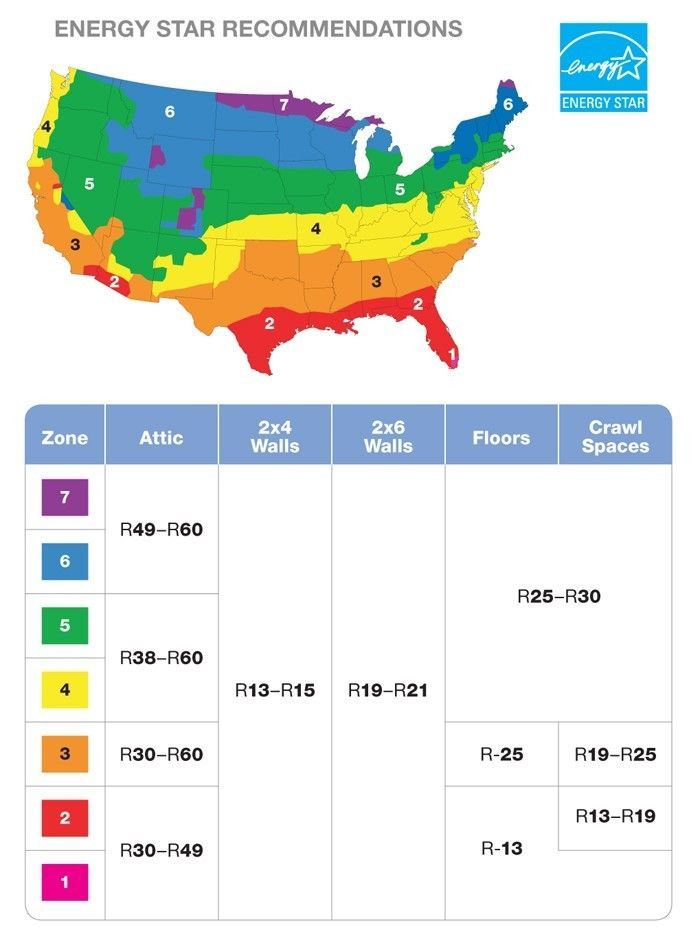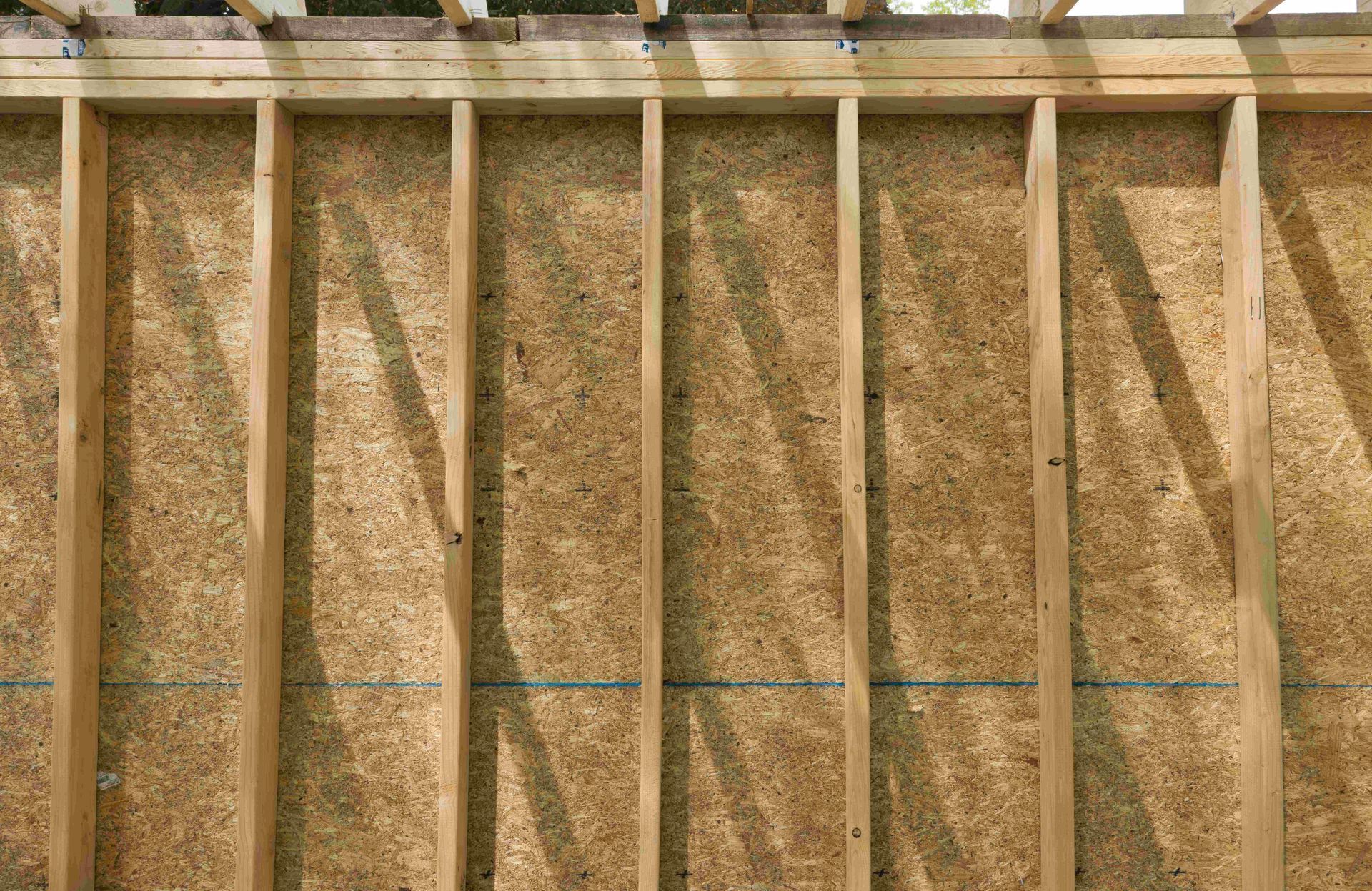Understanding R-Value and Its Importance in Spray Foam Insulation
R-value is a crucial concept in the world of insulation, representing the material's ability to resist the flow of heat. It measures thermal resistance, indicating how effective an insulating material is in preventing heat from transferring through it. The higher the R-value, the better the insulation's performance. Understanding R-value is essential for both contractors and homeowners when choosing the most suitable insulation for a building or home.

Heat naturally moves from warmer areas to cooler areas, seeking equilibrium. During colder months, heat tends to escape from the interior of a building to the colder exterior, while in warmer months, outdoor heat tries to infiltrate the cooler interior. Insulation helps slow down this heat transfer process, creating a more comfortable and energy-efficient living space.
The R-value of an insulation material is determined by factors such as its thickness, density, and conductivity. The unit of measurement is expressed as "R," with the higher the number, the better the insulating capacity. To achieve optimal thermal efficiency, it is essential to use insulation materials with higher R-values in areas that experience significant temperature fluctuations.
The Significance of R-Value in Insulation:
Heat naturally moves from warmer areas to cooler areas, seeking equilibrium. During colder months, heat tends to escape from the interior of a building to the colder exterior, while in warmer months, outdoor heat tries to infiltrate the cooler interior. Insulation helps slow down this heat transfer process, creating a more comfortable and energy-efficient living space.
- The R-value of an insulation material is determined by factors such as its thickness, density, and conductivity. The unit of measurement is expressed as "R," with the higher the number, the better the insulating capacity. To achieve optimal thermal efficiency, it is essential to use insulation materials with higher R-values in areas that experience significant temperature fluctuations.
Spray Foam Insulation's Superior Thermal Performance:
Spray foam insulation, whether open cell or closed cell, boasts an outstanding R-value compared to traditional insulation materials like fiberglass and cellulose. This higher R-value is a result of spray foam's unique application process and physical properties.
A. Complete Coverage and Air Sealing:
Unlike conventional insulation materials, spray foam insulation is applied as a liquid that expands to fill every crack, gap, and void in a space. This seamless application creates a monolithic thermal barrier, leaving no room for air infiltration. Air leaks in traditional insulation can significantly reduce R-values, as they allow heat to bypass the insulation and compromise its performance.
B. High R-Value per Inch:
Closed cell spray foam, in particular, stands out with its exceptional R-value per inch. It can have an R-value of 6.5 or higher per inch, making it one of the most efficient insulating materials available. This means that a thinner layer of closed cell spray foam can achieve the same or better thermal resistance as thicker layers of traditional insulation.
Long-Term Performance:
Spray foam insulation retains its thermal efficiency over time. Unlike some traditional insulation materials that may settle or degrade over the years, spray foam maintains its integrity, ensuring that its R-value remains consistent.
Spray Foam vs. Traditional Insulation:
When comparing spray foam insulation's R-value to traditional materials, it becomes evident that spray foam offers superior thermal performance and energy savings.
A. Fiberglass and Cellulose:
Fiberglass and cellulose insulation typically have lower R-values per inch than spray foam, ranging from R-3.2 to R-3.8 per inch for fiberglass and R-3.2 to R-3.7 per inch for cellulose. As a result, achieving the same level of insulation with traditional materials often requires thicker layers, which can lead to space constraints and added costs.
B. Air Sealing Benefits:
Beyond R-value, the air sealing properties of spray foam contribute significantly to energy efficiency. Traditional insulation materials like fiberglass are not effective air barriers, which can result in energy loss due to air leaks and drafts.
Conclusion:
R-value is a fundamental concept in insulation, representing the thermal resistance of a material. Spray foam insulation, with its higher R-value and superior air sealing capabilities, outperforms traditional insulation materials like fiberglass and cellulose. By choosing spray foam insulation, homeowners can create a more comfortable and energy-efficient living environment while enjoying long-term cost savings on utility bills. As a contractor, understanding and conveying the significance of R-value in insulation will help you guide your clients toward making the best choices for their homes.
Let’s talk about your project
Fill in the form or call to set up a meeting at (715) 255-2632



